Keystone Ecology
Keystone Habitats
Keystone – making ecology our business
Keystone Marine
Our marine ecological consultancy services include seabed, intertidal and sub-tidal surveys, seabed sampling, biotope surveys and mapping, marine mammal and bird surveys, plankton, fish and benthic surveys, GIS Mapping, Ecological Impact Assessment and the design and implementation of Mitigation, Monitoring and Management Plans.

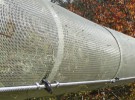
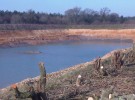



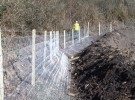



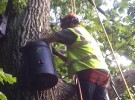

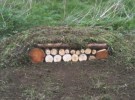
Reptile Fencing, Vegetation Clearance and Habitat Creation
Bath and North East Somerset Council
At competitive tender Keystone Habitats won a contract with Bath and North East Somerset Council to install reptile fencing and conduct receptor site enhancement works prior to reptile translocation, and thereafter conduct sensitive vegetation clearance to aid the translocation process.
What did we do?
How did we do it?
What were the outcomes?